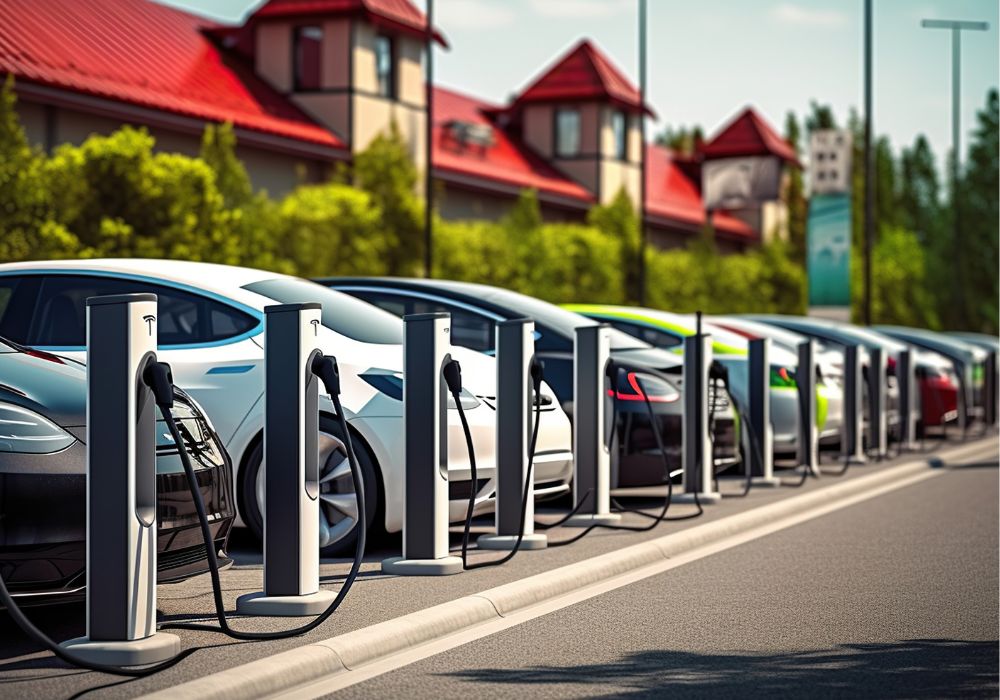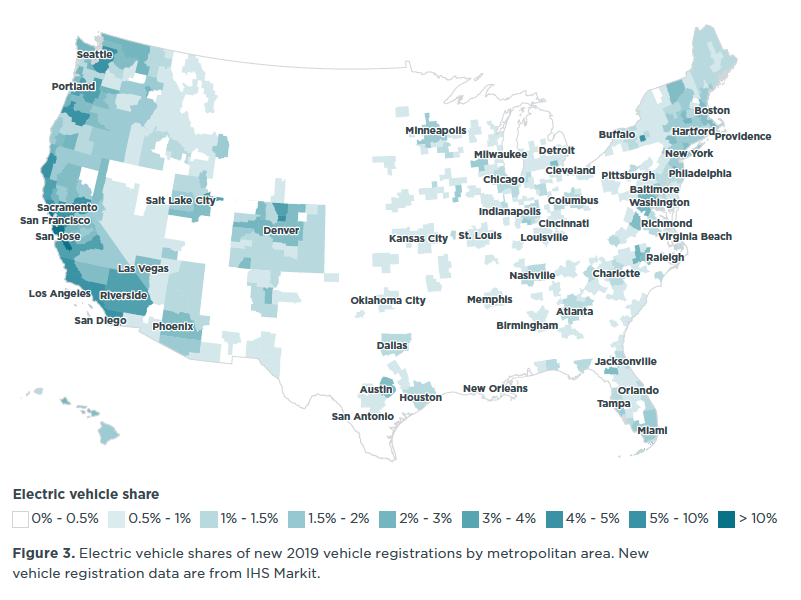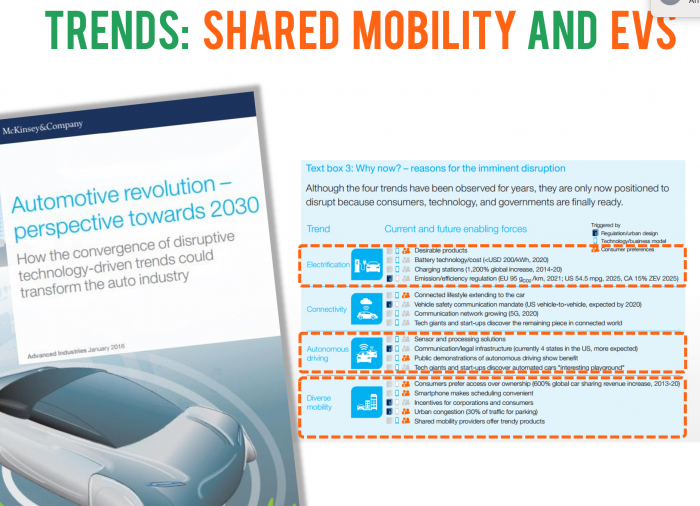Where there used to be a hum of engines, electric vehicles now move in silence, gaining a significant presence in the sharing economy. But this transition to electron-powered rides was not spontaneous- there’s an enthralling tale of technological advancements, environmental commitments, and economic shuffles behind it. In this piece, we plug into the journey of electric vehicles, as they supercharge from garages to the heart of shared mobility, forever changing how we rent, ride and roam. It’s a tale of volts, vehicles, and a very vivid future. Strap yourselves in; we’re in for an electrifying ride!
What is the Sharing Economy?

Peel back the layers of charity shop stickers and we lay our eyes on this phenomenon – the Sharing Economy. It’s the bearded hipster of economic models, the one unveiling a “what’s mine is yours” revenue-generating approach to doing business. Call it some kind of digital yard sale, if you’ll oblige me. It thrives on the direct sharing of goods, services, or skills, predominantly through online platforms that create a peer-to-peer network, bypassing the traditional economic middleman.
The Sharing Economy is rooted in a “we before me” notion – it’s about access, not possession. Imagine driving a car without shouldering the expense and fuss of maintenance, or renting a beachfront villa for a fortnight without worrying about property taxes. It thrives on this simple assumption: why buy, when you can borrow? It’s hinged on technology to magically transform idle houses, cars or screwdrivers into money-spinning assets.
This economic model is no fleeting trend, rather it’s steadily redefining consumer behavior. It’s like rearranging old Lego blocks into new constructs; reshaping how resources are allocated, creating a world where every possession is a potential rental, every service renewable income.
And it’s not just small-ticket items we’re sharing anymore. The scope has stretched to incorporate far weightier goods – luxury yachts, posh vacation homes, even private jet rides. So, why not add electric vehicles to this list? But, let’s not get ahead of ourselves here. The underpinning principle remains – people don’t need to own a cradle full of stuff, they just need access to stuff, when they need it. Makes sense, right?
Being a part of the Sharing Economy is like being a kid in a playground who doesn’t have a toy, but has loads of friends who do – and are willing to lend. It’s a sharing world out there, and we’re in the thick of this beautifully evolving playground. Now, let’s see how the electric pawns fit into this elaborate chessboard.
Understanding Electric Vehicles

Electric vehicles have undergone a drastic transformation since their early beginning. Once viewed as a quaint prospect limited to the eco-conscious minority, the perception has shifted dramatically. Today, they’re seen as a vital element in the roll-out of sustainable, efficient and clean economies worldwide. But understanding what lies under the hood of an electric vehicle may still feel like you’ve wandered into uncharted territory. So let’s break it down.
At its core, an electric vehicle (EV) operates on an electric motor, rather than an internal-combustion engine that propels conventional petrol or diesel cars. Instead of refuelling with fossil fuels, EVs run on electricity, which can be sourced from the grid and stored in a battery pack. What sets these cars apart is that they convert over 77% of the electrical energy from the grid to power, outperforming traditional vehicles which only transform 12-30% of the energy stored in gasoline to power at the wheels.
Chargers, the equivalent of gas pumps for EVs, come in three primary types – Level 1, Level 2, and DC Fast Charge. Level 1 requires a 120-volt outlet, like a traditional home socket and takes considerable time to charge. Level 2 chargers are faster as they use 240-volt outlets, equivalent to a household appliance like a dryer. DC Fast Charge, however, tops the chart, accelerating the charging process considerably by directly feeding the electricity into the vehicle.
Another advantage electric vehicles have is regenerative braking – a mechanism that not only decelerates the vehicle but also converts some of the energy typically lost during braking into electricity, which is then used to recharge the battery. This makes EVs more efficient in city driving conditions where frequent braking is required.
That being said, there is much to consider for potential EV owners, not least of which being the cost. The sticker price of many electric vehicles is often higher than their gasoline counterparts. However, the overall cost of ownership – including maintenance and fuel costs – can be significantly less with an EV.
Of course, an obvious hurdle in owning an electric vehicle is the need for a charging infrastructure, an area still in development. While public charging stations are increasingly common in densely populated cities, those in rural areas may find access limited.
Despite these challenges, the ever-evolving world of electric vehicles takes significant leaps every year. With generous government incentives for low-emission vehicles, progressive breakthroughs in battery technology, and the relentless march of car manufacturers towards electrification, the revolution of electric vehicles are well under way.
Electric Vehicles in the Sharing Economy

As technology advances and eco-consciousness rises, electric vehicles (EVs) are fitting snugly into the sharing economy. Striving to combat the uptick in greenhouse gas emissions, ride-sharing companies are turning towards EVs and inviting communities to follow suit. By capitalizing on the efficiency, maintenance, and environmental benefits EVs bring, ride-sharing services foster an environment that reduces our carbon footprints while enhancing the speed and convenience of urban mobility.
Imagine getting a ride around town in a car that emits no tailpipe pollutants. Silence replaces the engine noise, the air is cleaner, and you’re a part of a movement aimed at attenuating climate change. That’s the appeal EVs are imbuing in the sharing economy. Progressive companies like Uber and Lyft are increasingly incorporating EVs into their fleet, pushing more eco-friendly choices for riders. Similarly, EV rental companies like Bolloré Group’s BlueSG in Singapore provide affordable electric vehicle options for short-term use.
Meanwhile, electric bike and scooter sharing programs have become increasingly ubiquitous in cities around the world. These options are perfect for short-distance commutes, promoting a more sustainable, congestion-free urban landscape.
Additionally, the sharing economy fosters a spirit of community, which blends well with the need for EV charging infrastructure. Shared charging stations in neighborhoods, workplaces, and public spots are becoming more prevalent. This accelerates the shift to EVs by ensuring that a depleted battery is merely a pitstop away.
However, the marriage between EVs and the sharing economy isn’t without road bumps. The limited range of electric vehicles, coupled with charging infrastructure that’s still in its nascent stage, are significant hurdles. However, with continual technological advancements, battery life is expected to extend, and charging stations are poised to become as common as gas stations.
In essence, this synergy of electric vehicles and the sharing economy is leading to a transportation paradigm shift. It combines the benefits of reduced emissions, energy efficiency, and economic savings, while providing a practical, sustainable solution for urban mobility. In a world increasingly conscious of its environmental footprint, this evolution in the sharing economy is transformative, providing an avenue towards a cleaner, greener future.
The Impact of Electric Vehicles on Urban Mobility

Tailpipes spewing exhaust fumes in traffic-clogged cities might soon become a thing of the past, drastically changing the face of urban mobility. Electric vehicles (EVs), noiseless and emission-free, provide an intoxicating vision of the urban rideshare of tomorrow.
The impact of EVs on city travel, particularly in the context of a sharing economy, is profound. From the rider’s perspective, EVs have the advantage of producing minimal noise, improving the passenger experience. With the implementation of EVs, the constant soundtrack of urban life—rumbling engines, screeching brakes, growling exhausts—may substantially diminish. It’s a quieter, more peaceful version of city life we’re catapulted towards.
The typical urbanite’s mobility pattern plays into the strengths of EVs. Majority urban trips are short, well within the range capabilities of most electric vehicles on the market. Plus, the stop and start nature of city driving aligns with the regenerative braking characteristics of EVs, making them more energy efficient in city traffic compared to their gas-guzzling counterparts.
From the perspective of the sharing economy, electric cars’ lower operating costs could translate to cheaper rides for consumers and higher earnings for drivers. Electricity is generally cheaper than gasoline and EVs also require less maintenance, which could save rideshare platforms and their drivers money in the long run.
However, it’s not just about the economics, it’s also about the impact. As cities worldwide grapple with air pollution, introducing more EVs into ride-sharing networks can contribute towards improved urban air quality. It’s a prospect that is likely to appeal to environmentally conscious riders.
Of course, a massive influx of EVs will need a network of charging stations. This necessitates smart urban planning and introduces the need for “charging deserts” in cities to be addressed. Assuming these infrastructural challenges can be met, EV ride-sharing services could emerge as a true win-win for urban mobility – reducing pollution, congestion and costs while improving the overall quality of travel in the city.
In the auto world’s craze for speed, the movement toward electric isn’t a gradual shift, it’s a seismic one. As more electric vehicles roll into the growing arena of the sharing economy, it paints a picture of cities that are quieter, cleaner, and, frankly, cooler. Issues remain, of course, but the impact of EVs in transforming urban mobility is undeniable.
Sustainability and Electric Vehicles

Moving on to the environment – one of the fundamental pillars of sustainable development – let me suggest that electric vehicles (EVs) are not just a good idea; they’re an absolutely necessary idea. For those of you nodding along like you’ve heard this tune before, keep those neck muscles warm because you’ll be nodding more by the end of this.
Here’s the real deal about EVs: they’re incredibly eco-friendly. They putter around town while producing zero tailpipe emissions. That’s a big deal when you consider that traditional cars collectively emit billions of pounds of pollutants into the air during their lifetimes. Direct emissions from cars, including particulate matter and nitrogen oxides, contribute to breathing problems, allergies, and other public health issues. When we nudge those nasties out of the picture with electric motors, we get healthier urban environments.
Some might counter that EVs still pump out carbon dioxide because you’ve got to burn something to produce the electricity they use. Well, guess what? The average electric car on the road today has a “well-to-wheel” emissions footprint (that includes everything from mining the lithium for the batteries, to burning coal or gas to get that electricity) that’s still absolutely minuscule compared to any car running on petrol or diesel.
And guess what else? The grid gets cleaner each year. As we incorporate more wind, solar, and hydro into our electricity mix, the lifecycle emissions of an electric car will keep shrinking. What’s more, some modes of charging can leverage renewable energy directly. Some innovative companies are even offering solar-powered charging stations, connecting the dots between renewable energy and EVs.
Now think about it on the scale of a digital platform that connects individual car owners with people who need a ride. Suddenly, we’re not talking one user’s carbon footprint shrinking. We’re talking potentially millions of footprints – rider and driver alike – getting a trim. We’re bringing together the many into one collective effort to bring down CO2 levels and other toxins in the sky.
So, when it comes to sustainability, electric vehicles aren’t an option, they’re the answer. This is especially true in the sharing economy, where their adoption can lead to significant decreases in environmental impact across whole systems. Every hail-a-ride and vehicle share becomes a concrete step towards a greener, cleaner future. Electric vehicles in the sharing economy aren’t just driving us around; they’re driving us towards a sustainable tomorrow.
The Future of Electric Vehicles in Sharing Economy

As we usher in this brave new world of cutting-edge technology and green innovation, the future of Electric Vehicles (EVs) in the sharing economy holds immense potential in transforming our transportation landscape. Distinctly divergent from the conventional car ownership model, ride-sharing companies have surgically woven electricity-powered vehicles into their operations, instigating a profound alteration in the automobile industry’s chronicle. And this is only set to intensify as we look to the future.
The rise of autonomous EVs is expected to take center stage in the sharing economy, opening up remarkable avenues for efficiency and cost reduction. Driverless EV fleets will be networked and programmed to get maximum usage per day, minimize charging downtime, and coordinate use in real-time based on demand. It offers an antidote to the notorious “last mile” issue prevalent in today’s urban transport systems with unrivaled convenience and accessibility.
As technology evolves, future EVs are likely to incorporate novel functionalities such as V2G (vehicle to grid) capabilities. It is an ingenious interface that allows EVs not just to draw power from the power grid for charging, but also feed excess electricity back into the grid. Thus, creating a more integrated and resilient energy infrastructure where EVs morph into mobile power stations contributing to the sharing economy.
Upcoming advancements incorporate the possibility of peer-to-peer sharing of EVs. Simplified by smart technology, one could hire an EV for a few hours or lease out their unused EVs through a digital platform, thus creating a host of economic and ecological benefits. Further, subscription-based platforms could provide a novel way of EV ownership, fitted with a pay-per-use model, making sustainable transportation more accessible to consumers.
From the perspective of the sharing economy, the key to translating these projections into reality resides in creating a comprehensive infrastructure for EVs. Electrifying transportation at a large scale will necessitate ubiquitous and efficient charging stations. Novel solutions like wireless charging lanes, solar-powered parking spaces, super-quick charging stations, and smart car parks could help bridge this infrastructure gap and catalyze the proliferation of EVs in the sharing economy.
Interestingly, the future might witness EVs being increasingly incorporated into various service sectors. Think electric delivery vans for eCommerce companies, electric taxis for ride-hailing services, or electric buses for public transportation. The advent of this electric mobility revolution would indispensably contribute to a futurescape of greener, cleaner, and more sustainable cities.
In the end, the marriage between EVs and the sharing economy is not merely about technological disruption. It’s a fusion of social change and environmental consciousness, redefining how we perceive mobility and utilize resources. So, as we steer into the future, we can expect to embark on a fascinating journey where EVs and the sharing economy drive hand-in-hand towards a sustainable tomorrow.
FAQs
Why are electric vehicles trending in the sharing economy?
What’s the environmental impact of electric vehicles in the sharing economy?
Are EVs in the sharing economy cost-effective?
Conclusion
In conclusion, the electrification of vehicles paired with the sharing economy heralds a significant shift towards sustainable transportation and efficiency. As we increasingly comprehend the ecological implications of traditional vehicles and the convenience of shared mobility, electric vehicles in the sharing industry seem to be undoubtedly destined to play an integral role in our future travel requisites, ultimately driving us toward a cleaner, quieter, and more economical transit landscape.
